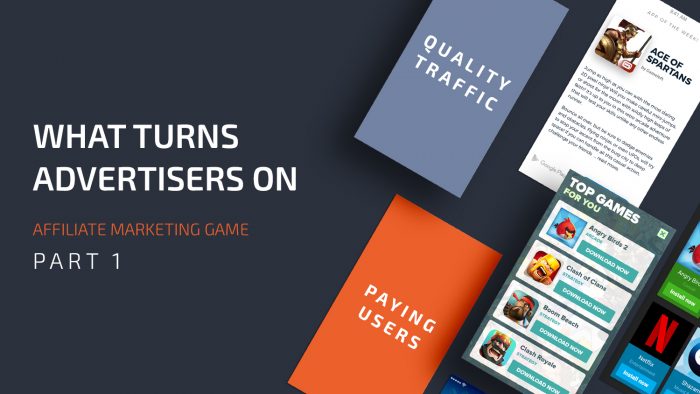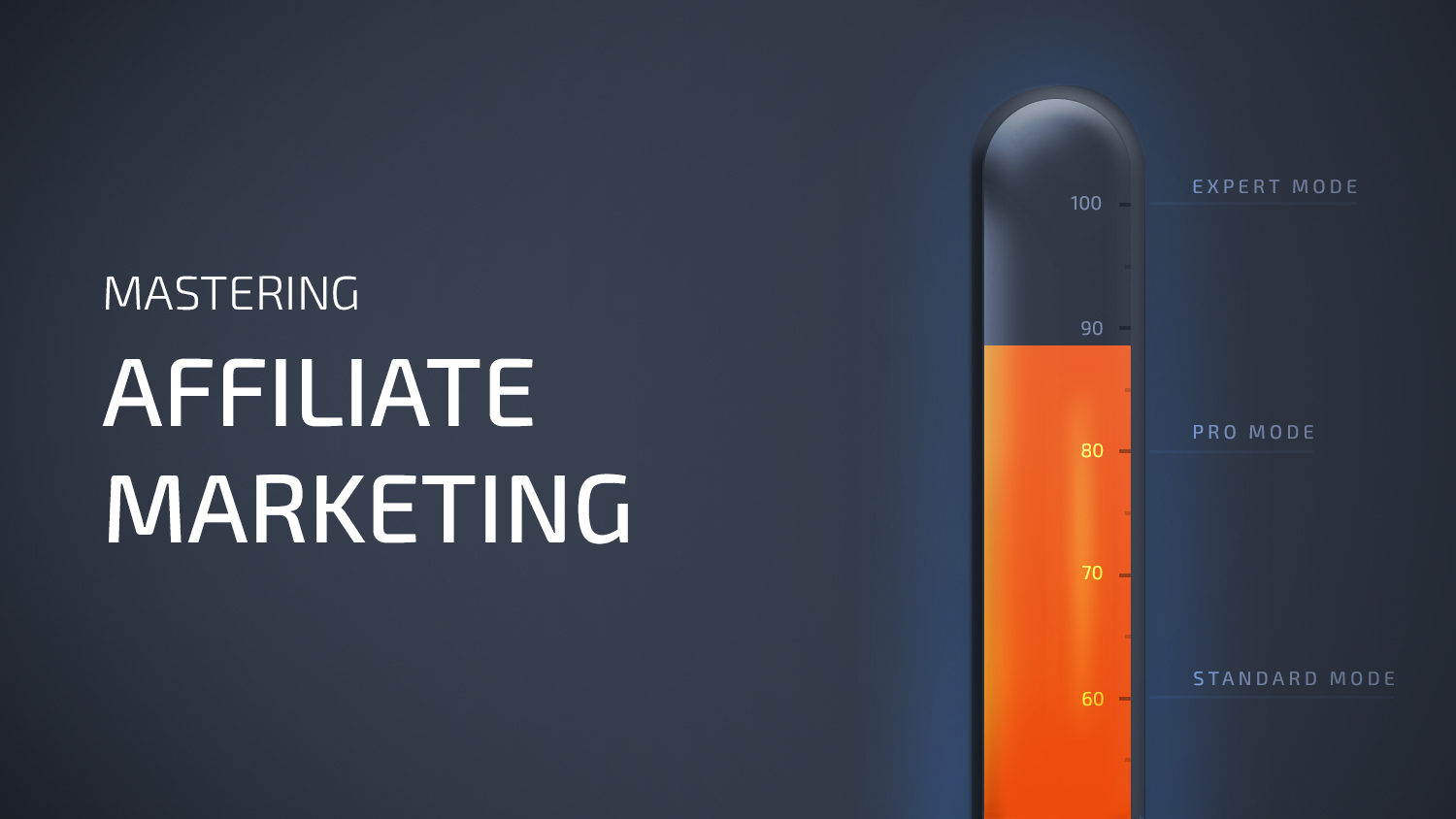What is a Supply-Side Platform, or SSP in Advertising?
Last updated on May 7, 2018 by Xavier Santana 4 min readTable of Contents
ToggleIntroduction
With the internet being chock full of marketers and people who wanna advertise their brand online, a manually controlled advertising publishing system can only do so much.
Marketers will more likely prefer a publisher who can take in different kinds of ad content and present them in a way that maximizes profits – a routine that must be sustained every single day.
Plus: with so many publishers out there, the slightest human error or inefficiency could make a publisher lose out in this competitive ad environment where losers snooze and big ballers make it rain on a daily basis!
This is where SSPs come in! Yeah, SSP stands for Supply-Side Platform!
What is a Supply-Side Platform, or SSP?
A Supply-Side Platform (SSP) is software that puts up ads through an automated system.
This guarantees an ad platform can present graphic, video, and mobile ads in the most effective and efficient way possible, thereby increasing profits!
What is the difference between Demand-Side Platforms and Supply-Side Platforms?
SSPs share the same technology with Demand Side Platforms or DSPs, but differ as to who they’re meant to serve.
Where DSPs are programmed to help marketers find the most cost-efficient ad impressions to target the right audience for their brand or product, SSPs are programmed to maximize those impressions.
If you’re on the supply side of the advertising ecosystem, you’ll wanna find the marketers who’ll maximize the value of the impressions you’re selling.
While you can use your own methods to achieve those goals, SSPs provide a more efficient and automated solution.
How exactly do SSPs work?
If you’ve been in the advertising business long enough, you’ll know that you need to be able to deal with all kinds of ad networks, exchanges, and even DSPs.
Selling your ad impressions to all of them can be quite overwhelming for any manual process out there.
You’ll also be factoring in the possibility of human error, which can be bad for business.
Think of what the typical routine for supplying ad inventory to marketers would be like:
- Months of performing trial and error methods to check which deals would eventually lead to the most profitable outcomes
- Negotiations with a buyer for the prices to reach a fair market value for the ad space
- Endless repetitions of this process with countless other buyers who’ll also wanna market their brand or product
- Not to mention the complex technology you’ll have to figure out on the servers!
To top it all, these things demand so much time because you’ll have to haggle while analyzing data among different buyers.
Meanwhile, the super volatile ad market is fluctuating like crazy, making it impossible for you to keep up with fresh data in real-time.
Meaning what?
That it’s highly likely that your decisions will be outdated by the time they’re actually implemented!
No can do, sir!
SSPs address all these concerns and more:
- Manage a complex inventory through an automated system
- Bring in more traffic than you could ever think of handling at once
- Eliminate the need for you to manually cater to marketers
- Ability to do everything in real-time!
All that’s left for you to do is to input the inventory for the SSP and it’ll do all the work for you.
What aspects of Affiliate Marketing benefit from SSPs?
Over time, Supply Side Platforms have become part of the broader field of Affiliate Marketing because it affects other variables a player in the online marketing industry would be interested in.
Here are three variables which benefit directly from SSPs!
The first one – which also happens to be the main variable that SSPs affect – is called Real-Time Bidding or RTB.
This is a concept most likely familiar to you if you’ve heard of DSPs.
This is where all the exchanges and negotiations start between the marketer and the publisher.
With the market being so volatile, almost anything and everything of value is sold and bought in real-time.
And with parties from both ends of the transaction wanting to make the most of the deal, the need for a bidding system arises.
As you’d have guessed, RTB attempts to manage both.
Having employed the same technology as DSPs, we know that SSPs are also designed to be able to participate in RTBs as efficiently as possible, which in turn maximizes profit for the publisher.
Cool, ain’t it?
Not all impressions, however, are bought via RTBs. Advertisers can also purchase impressions on a Cost per Action (CPA) or Cost per Lead (CPL) basis.
In these instances, the advertiser usually opts to pay the publisher a percentage of the profit. This system is called the Payout.
In case there are two or more “highest bidders”, SSPs will choose the party who offers the highest payout rate.
While this doesn’t always happen, SSPs are programmed to be ready to handle them when they do.
Finally, SSPs also interact closely with Data Management Platforms or DMPs just as much as DMPs interact with DSPs.
While SSPs can take in an influx of traffic on a regular basis, what to do with the traffic (with the goal of maximizing profits) requires important info such as a user’s online behavioral data.
DMPs properly segment users in a way that SSPs will know exactly where to direct them in its vast network of DSPs, ad networks, and ad exchanges.
In other words, DMPs make sure that the amazing connections of SSPs are maximized by giving them the right traffic based on real-time data.
This increases the chances of an awesomely cool conversion, which is good for both the publisher and the marketer.
List of the best Supply-Side Platforms
Here’s a list of the best and most reliable Supply-Side Platforms in the market:
- OpenX
- DoubleClick for Publishers
- Rubicon Project
- PubMatic
- BrightRoll
- AppNexus Publisher Suite
- LiveRail
Conclusion
As a publisher, life would be much easier with a Supply-Side Platform on your side.
Why?
Because it reduces the chances of error and maximizes the possibility of conversion with the least amount of work possible, allowing you to compete in the volatile ad market.
Of course, that’s just one side to affiliate marketing.
Learn more about Supply-Side Platforms and everything else you need to know in the affiliate marketing world from one of Mobidea’s coolest experts!

Xavier Santana
Moral Support Hero
Xavier comes from a background of Finance and Management which means he loves numbers, sheets, data and lives for analysis. This is the reason why he likes to say he was born to be dedicated to Media Buying. This business is all about analyzing, testing and experimenting with different banners; it’s about seeing what others don’t after spending hours surrounded by numbers. It’s a thrill and a hunt and he happens to think it’s the best job he could possibly have. When he isn't worried about helping Mobidea become better than it's even possible, Xavier enjoys playing softball with his childhood friends!
The affiliate marketing game is all about giving advertisers what they want! Learn how it's done and become an advertising expert!
Need to master affiliate marketing and wanna hear an experienced voice in the game? Check a post written by an affiliate marketing pro, then!
Matuloo is simply one of the best affiliate marketers out there so you've gotta read his opinion about which trends will rule in 2017!



